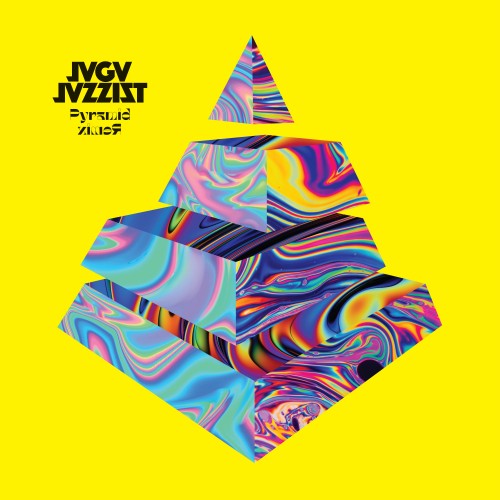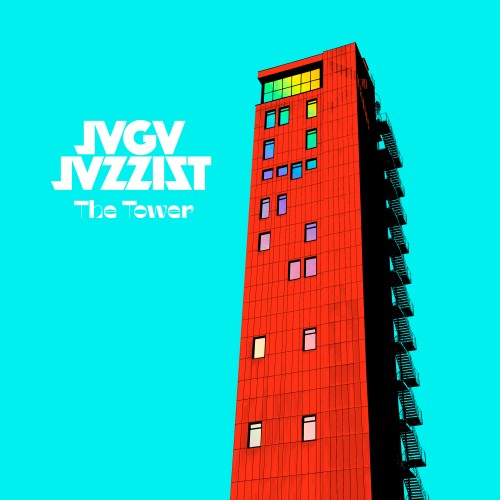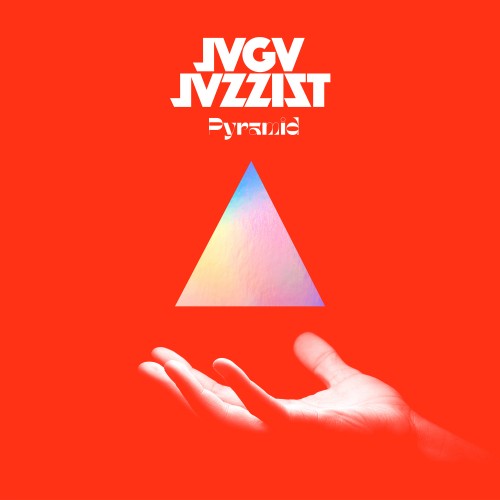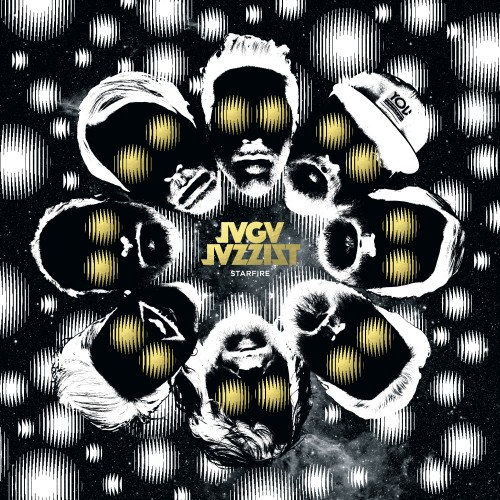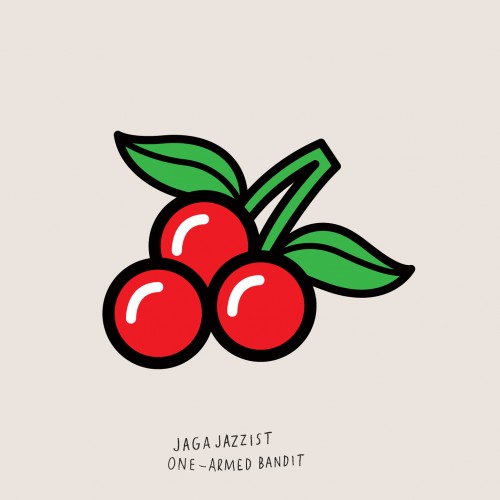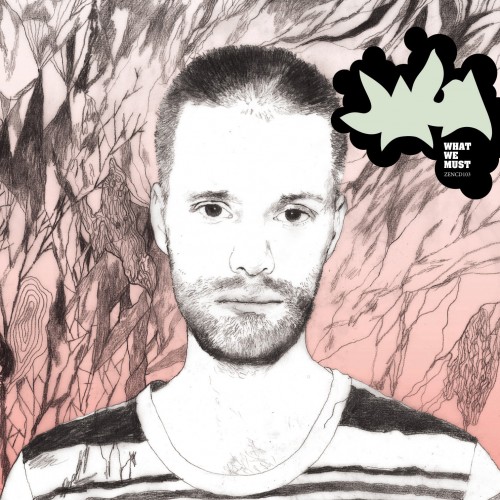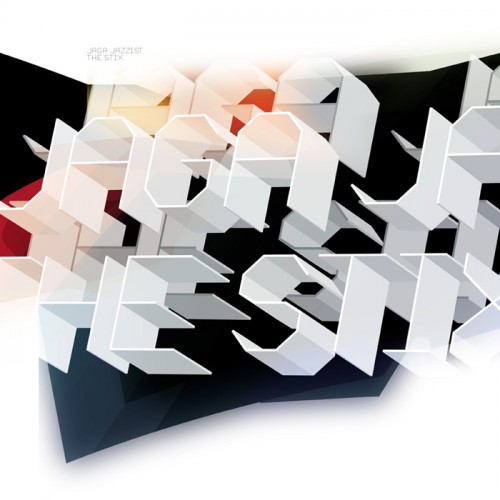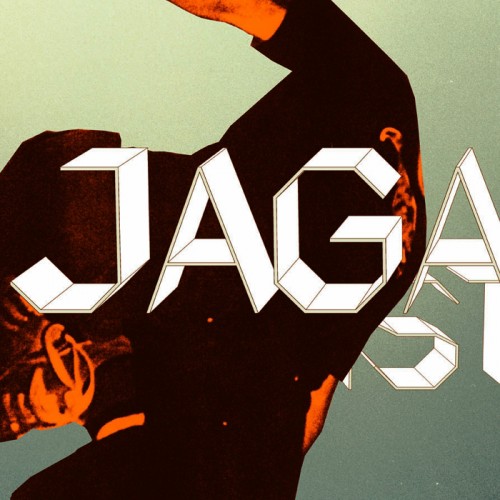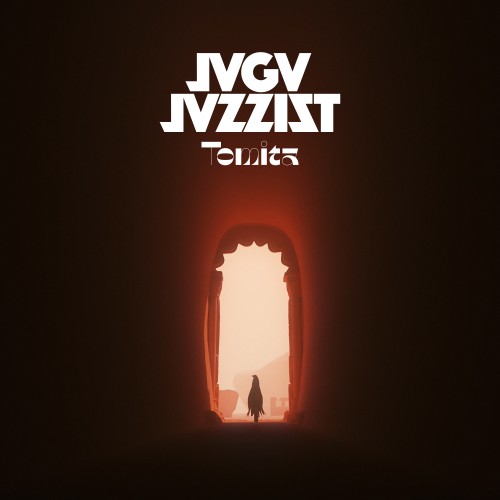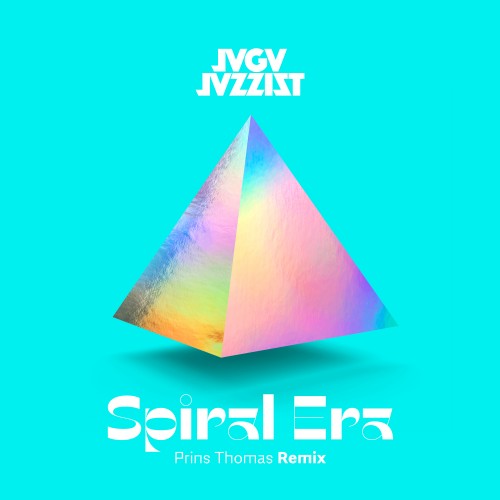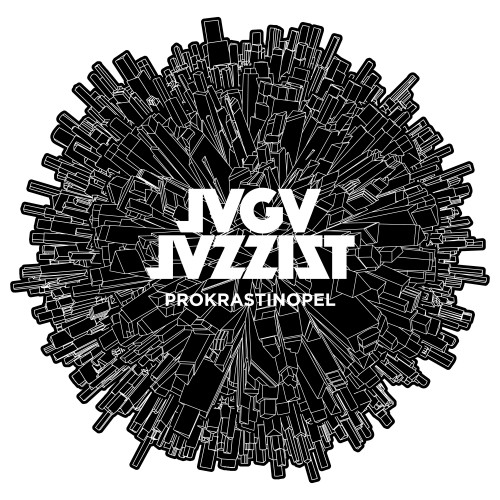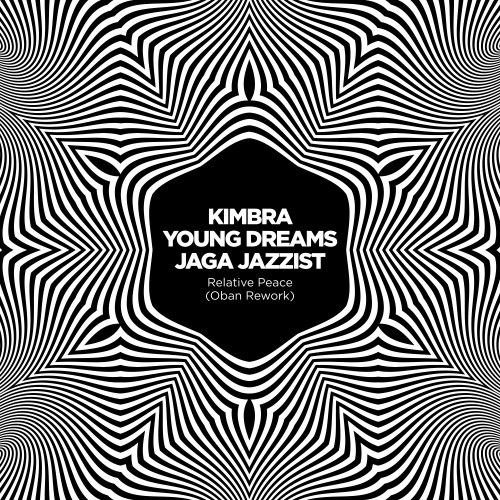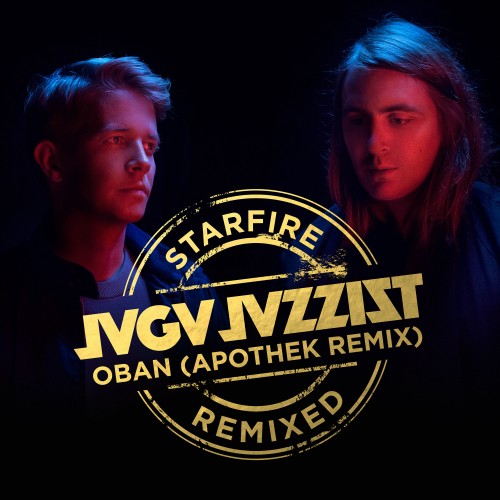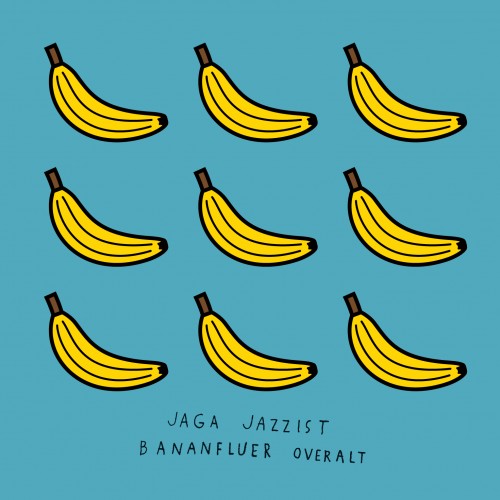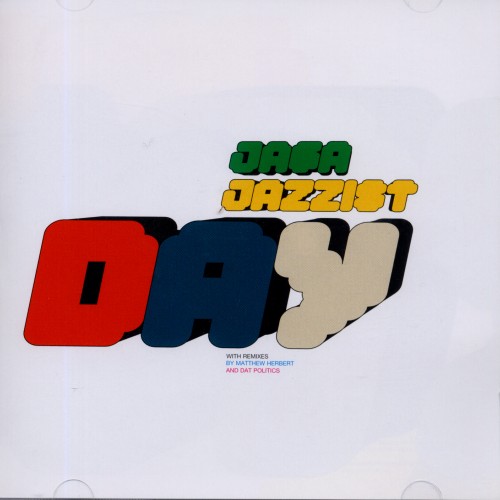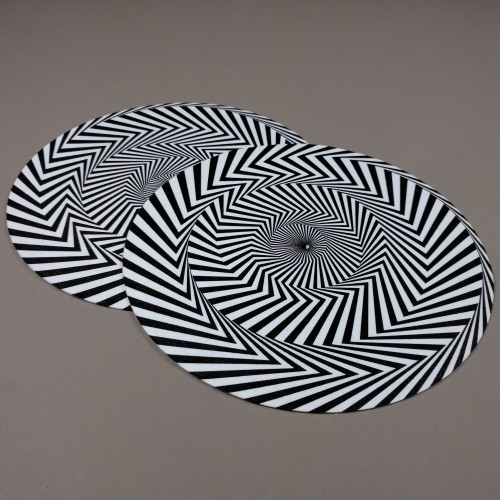
Jaga Jazzist
On Brainfeeder
BIOGRAPHY
It’s impossible to describe the myriad musical influences and inspirations that inform the sound of Jaga Jazzist without tumbling down a rabbit hole of genre confusion such is the sonic magnitude and diversity of the Norwegian supergroup’s compositions. The band has consistently confounded categorisation from its inception. However, the direction of travel has been obstinately consistent: moving forward... always moving forward.Returning with new album “Pyrami...
It’s impossible to describe the myriad musical influences and inspirations that inform the sound of Jaga Jazzist without tumbling down a rabbit hole of genre confusion such is the sonic magnitude and diversity of the Norwegian supergroup’s compositions. The band has consistently confounded categorisation from its inception. However, the direction of travel has been obstinately consistent: moving forward... always moving forward.
Returning with new album “Pyramid” on 24 April 2020, the legendary Norwegian eight-piece takes a deep dive into post-rock, jazz and psychedelia influences. It’s their first album since 2015’s “Starfire”, their ninth album in a career now spanning four decades, but it marks the group’s debut on Brainfeeder, the LA-based imprint curated by Flying Lotus. On “Pyramid”, Jaga Jazzist have crafted a suitably cosmic sound to match their new label home, all the while nodding to forebears spanning from 80s jazz band Out To Lunch and Norwegian synth guru Ståle Storløkken, to contemporaries Tame Impala, Todd Terje and Jon Hopkins. Each of the album’s four longform entries evolves over carefully plotted movements, the tracks’ technicolour threads dreamily unspooling.
The youngest of three siblings that began Jaga Jazzist in 1994 in the small town of Tønsburg when he was just 14, Lars Horntveth has gradually emerged as Jaga's primary compositional voice. Lars, brother Martin and sister Line all demonstrated a strong-willed distaste for orthodoxy - an early reason why Jaga sounds unlike any other band in any scene.
All bandleaders, producers, engineers and/or busy session musicians, Jaga's members have always been at the heart of Norway's disproportionately large and vibrant music scene. All the more remarkable, then, that five of its current eight members remain from its early days, with Even Ormestad and Andreas Mjøs still here alongside the Horntveth siblings.
The band released their debut “Grete Stitz” in 1996, immediately grabbing the ears and eyes of musicians, producers and venue owners at the heart of Norway's music scene. "We got attention because Jaga was such a bizarre group and Grete Stitz was a very strange album," says Lars. "We started playing more shows in Oslo, mostly in small clubs; then we signed to the dBut label and recorded the “Magazine EP”, releasing it in 1998." While the 28-minute, four-track Magazine was no less eclectic than Grete Stitz, it was where Jaga's voice began to emerge more fully, with Lars' writing facilitating its textural breadth, long-form cinematic complexities, intrinsic lyricism and rampant multi-instrumentalism.
A career-defining moment for Jaga - already garnering a word-of-mouth reputation for exhilarating live performances - was signing with Ninja Tune in 2002. The label quickly reissued the band’s second longplayer “A Livingroom Hush” to international acclaim. “Ninja helped get us out to the whole world,” says Martin. “We played Japan...went to places we’d never been, with tons of people coming to the shows because they'd heard the name or about the band. Our records had already been in their shops and available online for years; it was really helpful.”
Returning with “Stix” in 2002, “What We Must” (2005), “One Armed Bandit” (2009), an epic live album with Britten Sinfonia (2013) and a celebratory 20th anniversary compilation “’94-’14” in 2014, Jaga released their last studio album “Starfire” in 2015. Constantly pushing himself to avoid the onset of predictability common in bands achieving Jaga's longevity, Lars’ epic, cinematic approach to writing has remained paradoxically accessible... singable, even. Still, despite having a primary composer, Jaga's fundamental philosophy is that everyone in the band contributes to the music's final shape.
The group’s desire to evolve, experiment and improvise matches that of their new label home Brainfeeder, itself a beacon for musical fusion and hybridity, and heralds the beginning of an exciting new chapter for Jaga Jazzist.
Jaga Jazzist:
Lars Horntveth: Guitars, pedal steel guitar, clarinets, saxophones, keyboards, synthesizers, vibraphone, piano and programming
Marcus Forsgren: Electric guitar and vocals
Even Ormestad: Bass guitar
Line Horntveth: Tuba, alto horn, euphonium, flute and vocals
Erik Johannessen: Trombone and vocals
Martin Horntveth: Drums, percussion and programming
Øystein Moen: Synthesizers, clavinet and Hammond organ
Andreas Mjøs: Vibraphone and chef
Forthcoming Events
| July 2025 | ||
| 12th July 2025 |
Jaga Jazzist
Brno Lake Brno, Czech Republic |
|
Jaga Jazzist
On Brainfeeder
Albums
Singles
Merchandise
Latest News
BIOGRAPHY
It’s impossible to describe the myriad musical influences and inspirations that inform the sound of Jaga Jazzist without tumbling down a rabbit hole of genre confusion such is the sonic magnitude and diversity of the Norwegian supergroup’s compositions. The band has consistently confounded categorisation from its inception. However, the direction of travel has been obstinately consistent: moving forward... always moving forward.Returning with new album “Pyramid” on 24 April 202...
It’s impossible to describe the myriad musical influences and inspirations that inform the sound of Jaga Jazzist without tumbling down a rabbit hole of genre confusion such is the sonic magnitude and diversity of the Norwegian supergroup’s compositions. The band has consistently confounded categorisation from its inception. However, the direction of travel has been obstinately consistent: moving forward... always moving forward.
Returning with new album “Pyramid” on 24 April 2020, the legendary Norwegian eight-piece takes a deep dive into post-rock, jazz and psychedelia influences. It’s their first album since 2015’s “Starfire”, their ninth album in a career now spanning four decades, but it marks the group’s debut on Brainfeeder, the LA-based imprint curated by Flying Lotus. On “Pyramid”, Jaga Jazzist have crafted a suitably cosmic sound to match their new label home, all the while nodding to forebears spanning from 80s jazz band Out To Lunch and Norwegian synth guru Ståle Storløkken, to contemporaries Tame Impala, Todd Terje and Jon Hopkins. Each of the album’s four longform entries evolves over carefully plotted movements, the tracks’ technicolour threads dreamily unspooling.
The youngest of three siblings that began Jaga Jazzist in 1994 in the small town of Tønsburg when he was just 14, Lars Horntveth has gradually emerged as Jaga's primary compositional voice. Lars, brother Martin and sister Line all demonstrated a strong-willed distaste for orthodoxy - an early reason why Jaga sounds unlike any other band in any scene.
All bandleaders, producers, engineers and/or busy session musicians, Jaga's members have always been at the heart of Norway's disproportionately large and vibrant music scene. All the more remarkable, then, that five of its current eight members remain from its early days, with Even Ormestad and Andreas Mjøs still here alongside the Horntveth siblings.
The band released their debut “Grete Stitz” in 1996, immediately grabbing the ears and eyes of musicians, producers and venue owners at the heart of Norway's music scene. "We got attention because Jaga was such a bizarre group and Grete Stitz was a very strange album," says Lars. "We started playing more shows in Oslo, mostly in small clubs; then we signed to the dBut label and recorded the “Magazine EP”, releasing it in 1998." While the 28-minute, four-track Magazine was no less eclectic than Grete Stitz, it was where Jaga's voice began to emerge more fully, with Lars' writing facilitating its textural breadth, long-form cinematic complexities, intrinsic lyricism and rampant multi-instrumentalism.
A career-defining moment for Jaga - already garnering a word-of-mouth reputation for exhilarating live performances - was signing with Ninja Tune in 2002. The label quickly reissued the band’s second longplayer “A Livingroom Hush” to international acclaim. “Ninja helped get us out to the whole world,” says Martin. “We played Japan...went to places we’d never been, with tons of people coming to the shows because they'd heard the name or about the band. Our records had already been in their shops and available online for years; it was really helpful.”
Returning with “Stix” in 2002, “What We Must” (2005), “One Armed Bandit” (2009), an epic live album with Britten Sinfonia (2013) and a celebratory 20th anniversary compilation “’94-’14” in 2014, Jaga released their last studio album “Starfire” in 2015. Constantly pushing himself to avoid the onset of predictability common in bands achieving Jaga's longevity, Lars’ epic, cinematic approach to writing has remained paradoxically accessible... singable, even. Still, despite having a primary composer, Jaga's fundamental philosophy is that everyone in the band contributes to the music's final shape.
The group’s desire to evolve, experiment and improvise matches that of their new label home Brainfeeder, itself a beacon for musical fusion and hybridity, and heralds the beginning of an exciting new chapter for Jaga Jazzist.
Jaga Jazzist:
Lars Horntveth: Guitars, pedal steel guitar, clarinets, saxophones, keyboards, synthesizers, vibraphone, piano and programming
Marcus Forsgren: Electric guitar and vocals
Even Ormestad: Bass guitar
Line Horntveth: Tuba, alto horn, euphonium, flute and vocals
Erik Johannessen: Trombone and vocals
Martin Horntveth: Drums, percussion and programming
Øystein Moen: Synthesizers, clavinet and Hammond organ
Andreas Mjøs: Vibraphone and chef
Forthcoming Events
| July 2025 | ||
| 12th July 2025 |
Jaga Jazzist
Brno Lake Brno, Czech Republic |
|

